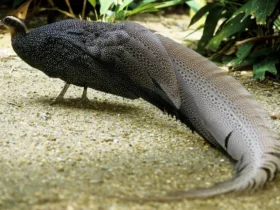The Peregrine Falcon (Falco peregrinus) is renowned as one of the fastest-flying bird species in the world. With its incredible speed, unmatched hunting skills, and remarkable adaptations, it has captivated the imaginations of bird enthusiasts and wildlife lovers alike. In this article, we will delve into the captivating world of the Peregrine Falcon, exploring its physical characteristics, habitat, hunting techniques, and its significance in the natural ecosystem.
Peregrine Falcon images
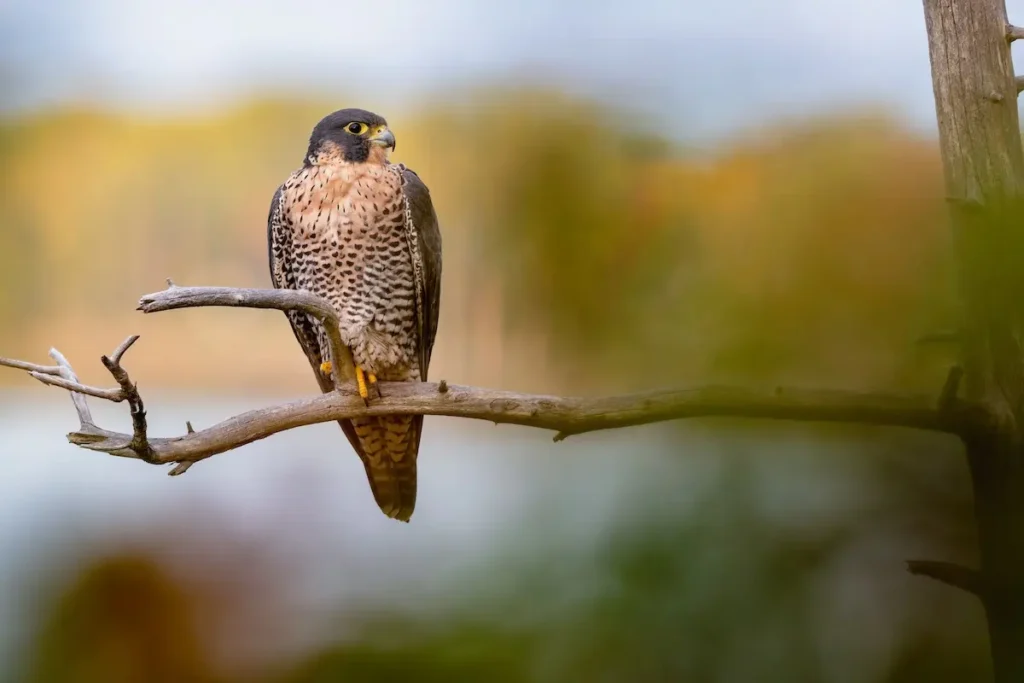

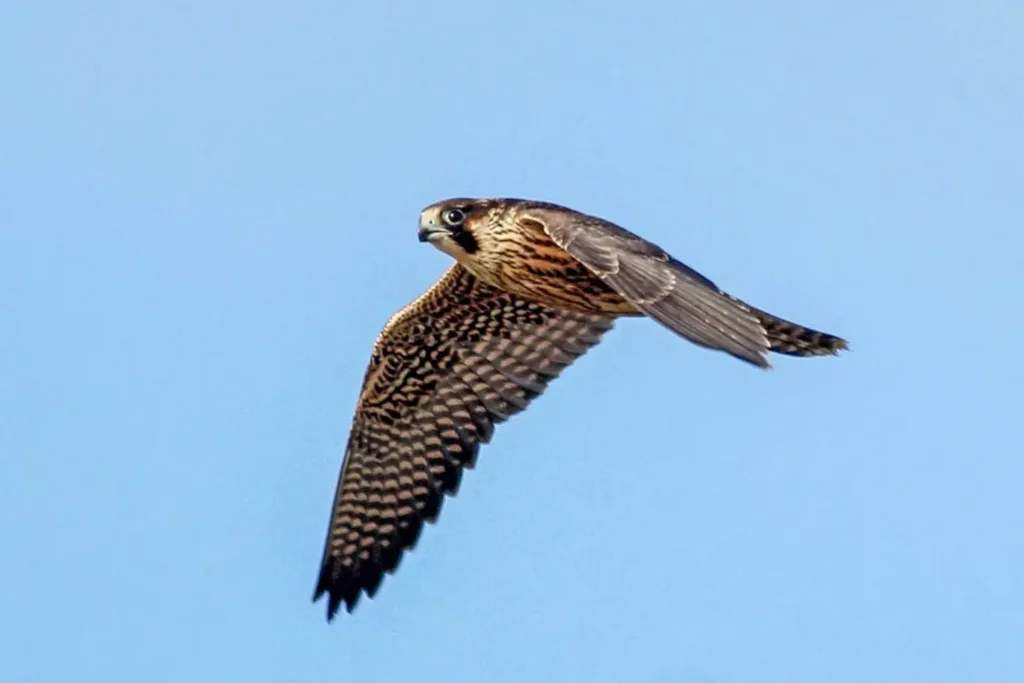
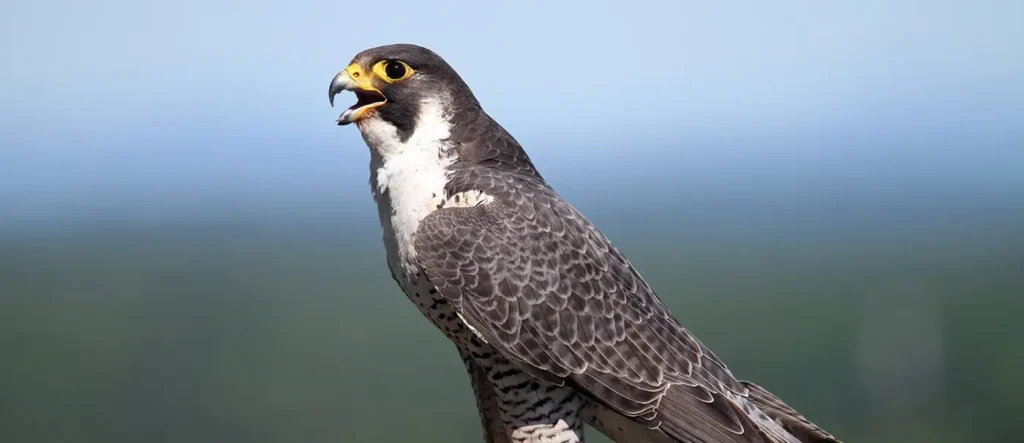
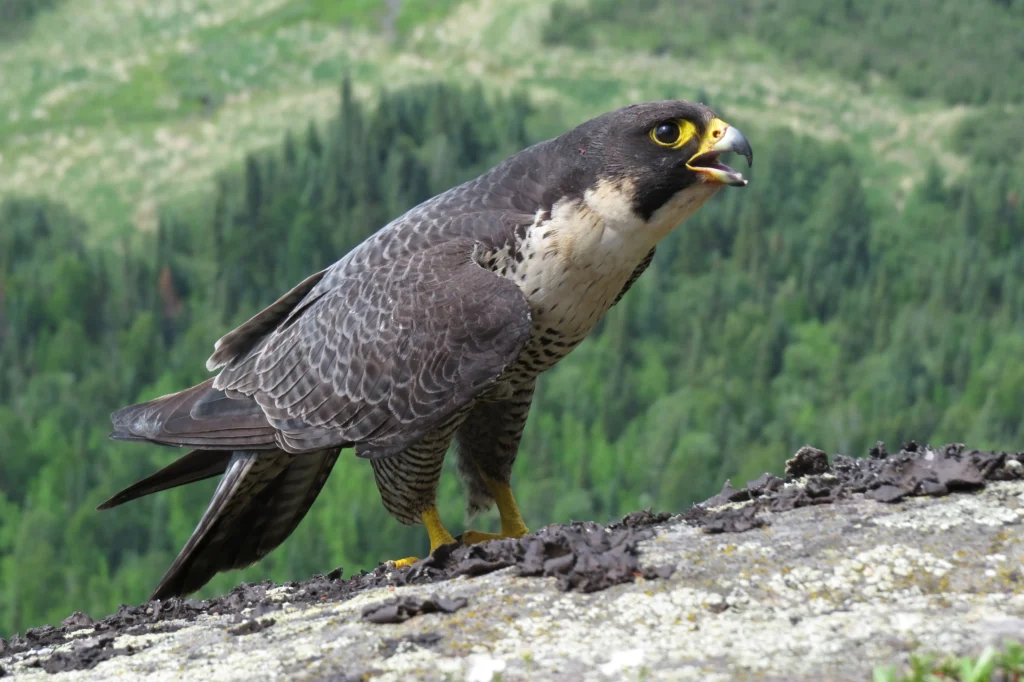
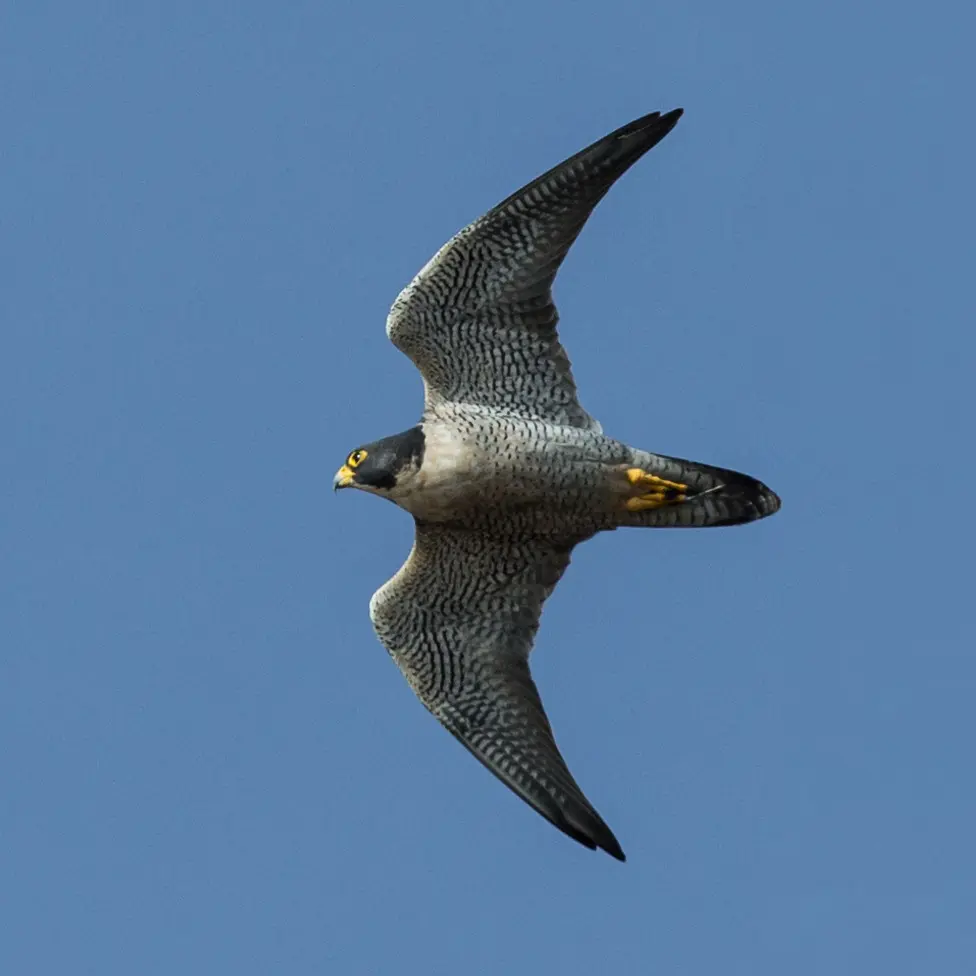
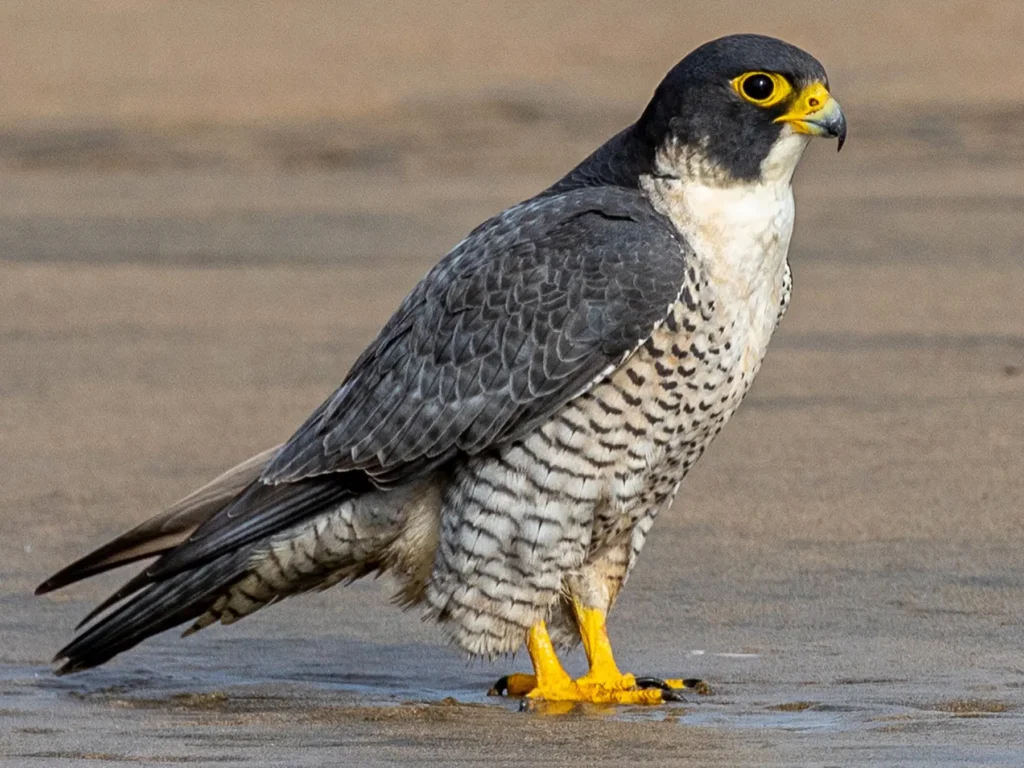
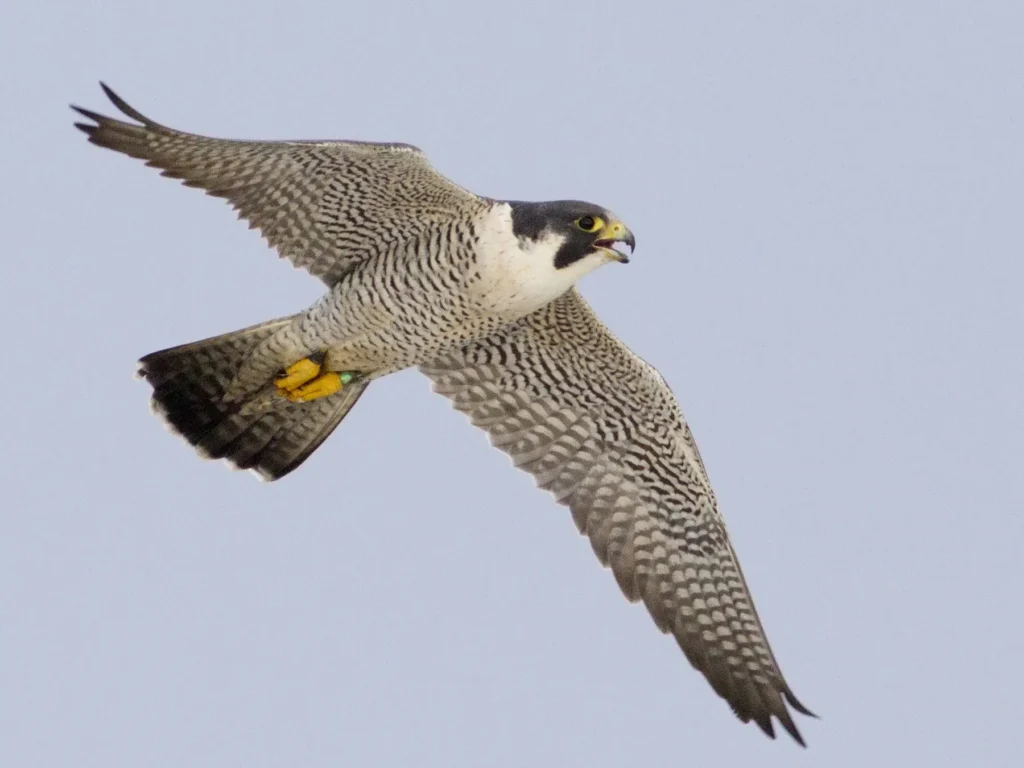
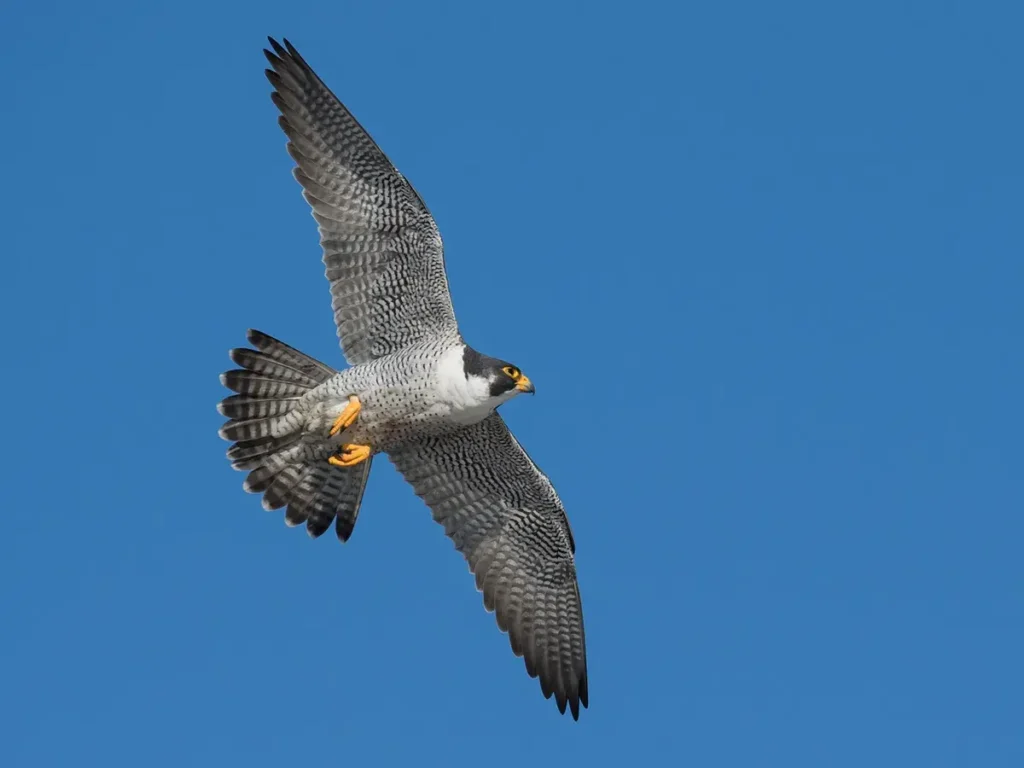
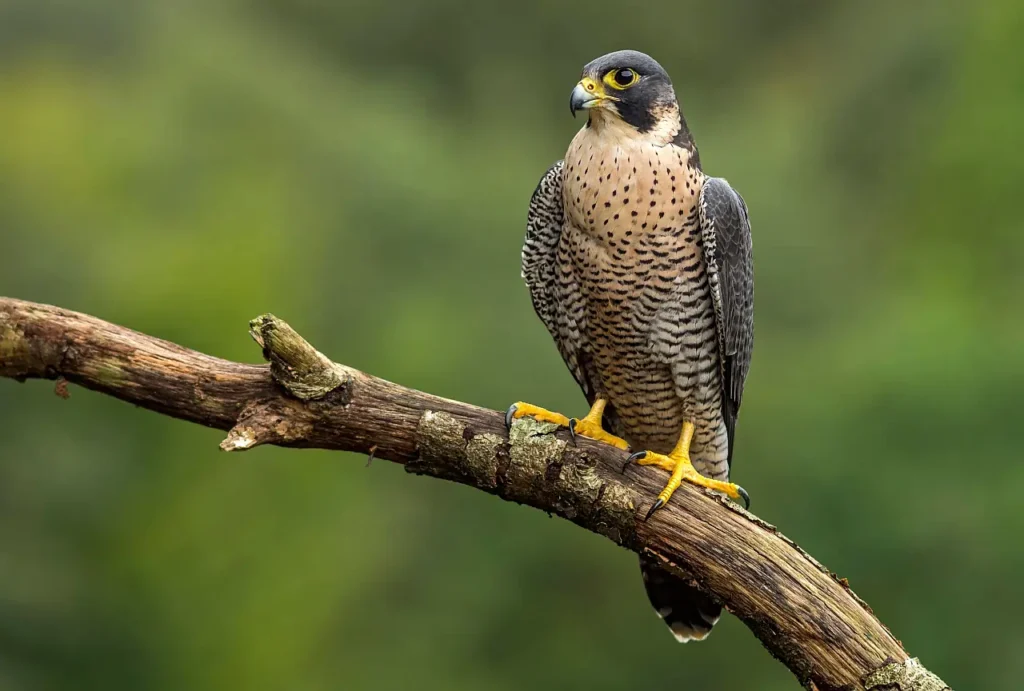
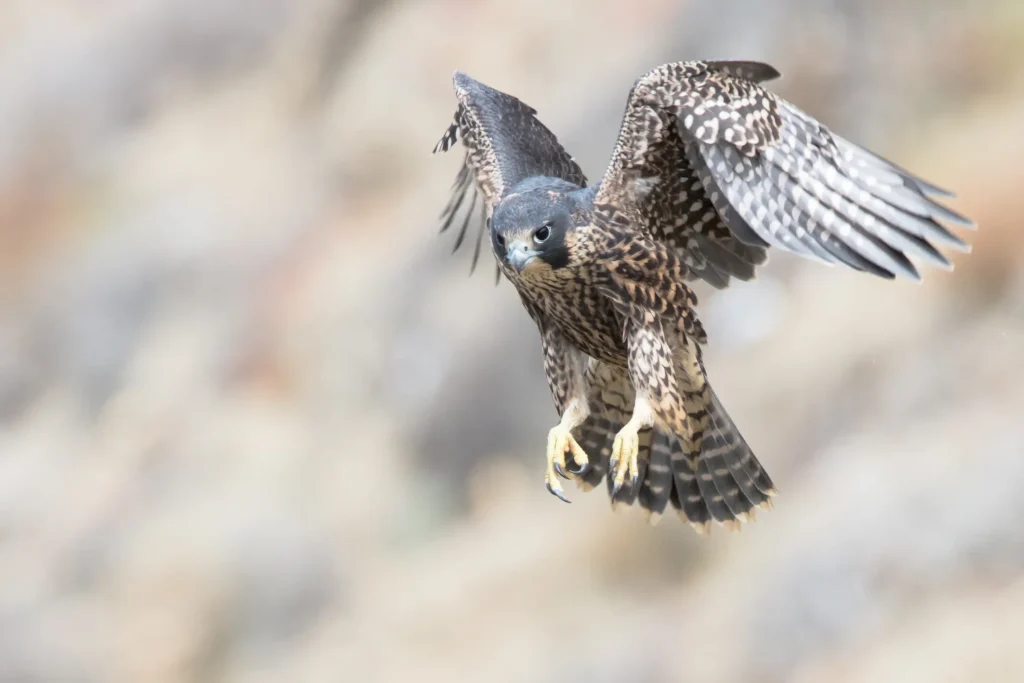
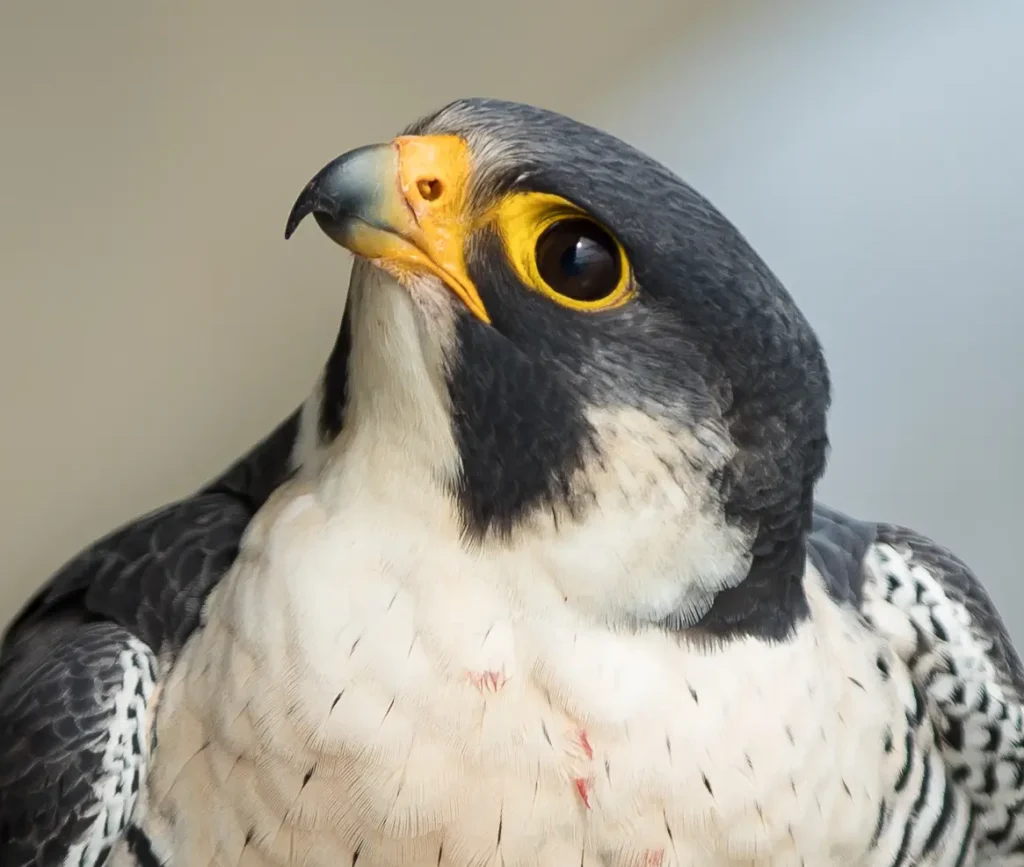
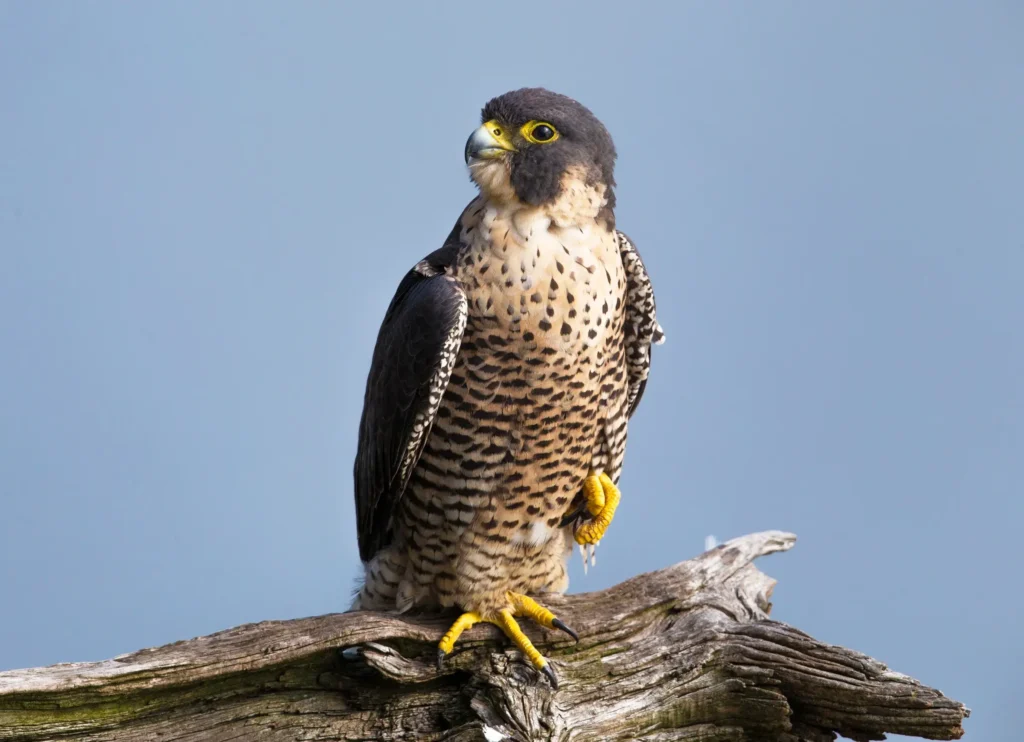
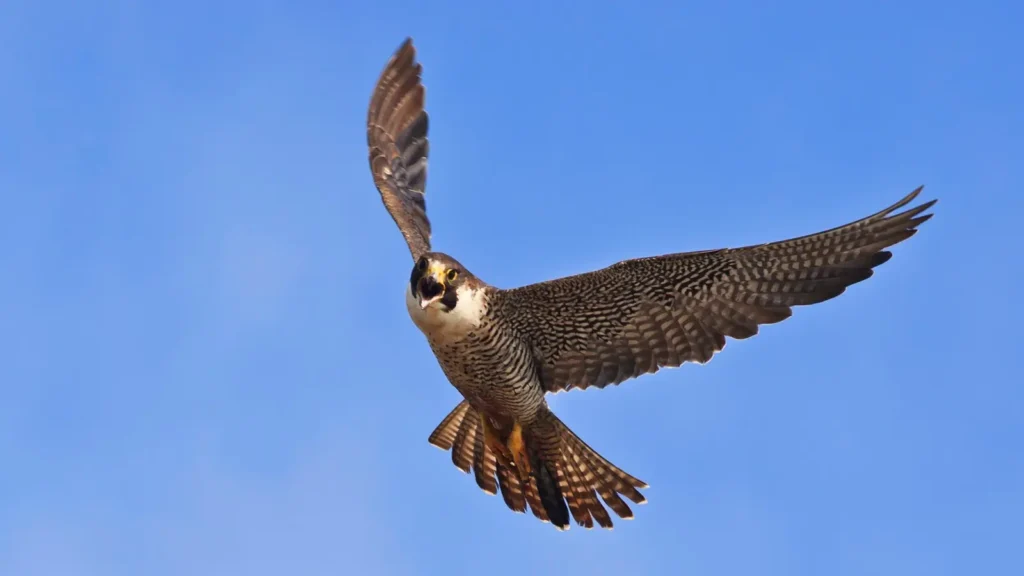
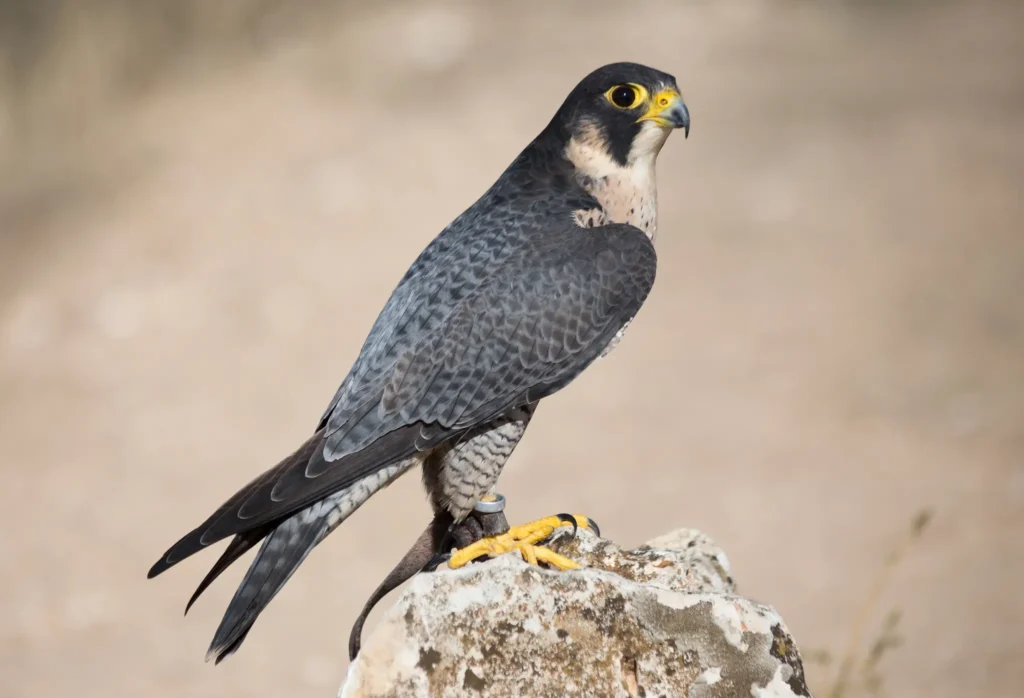
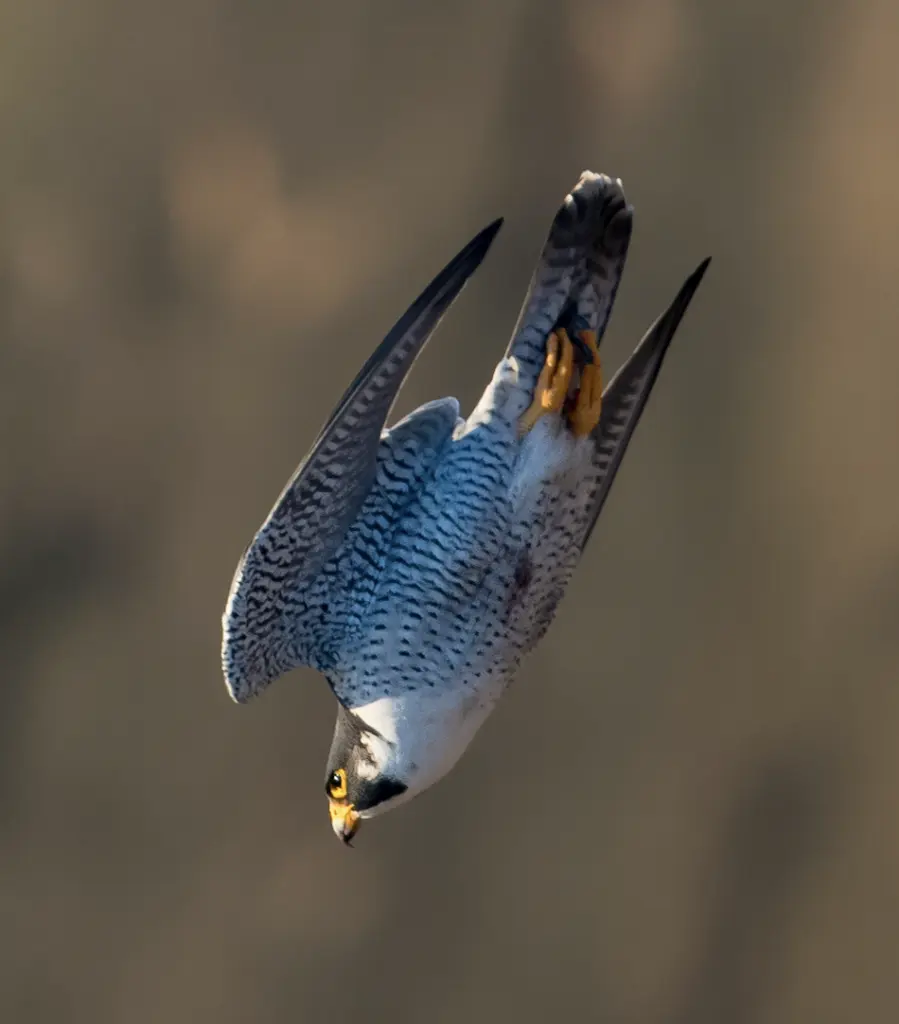
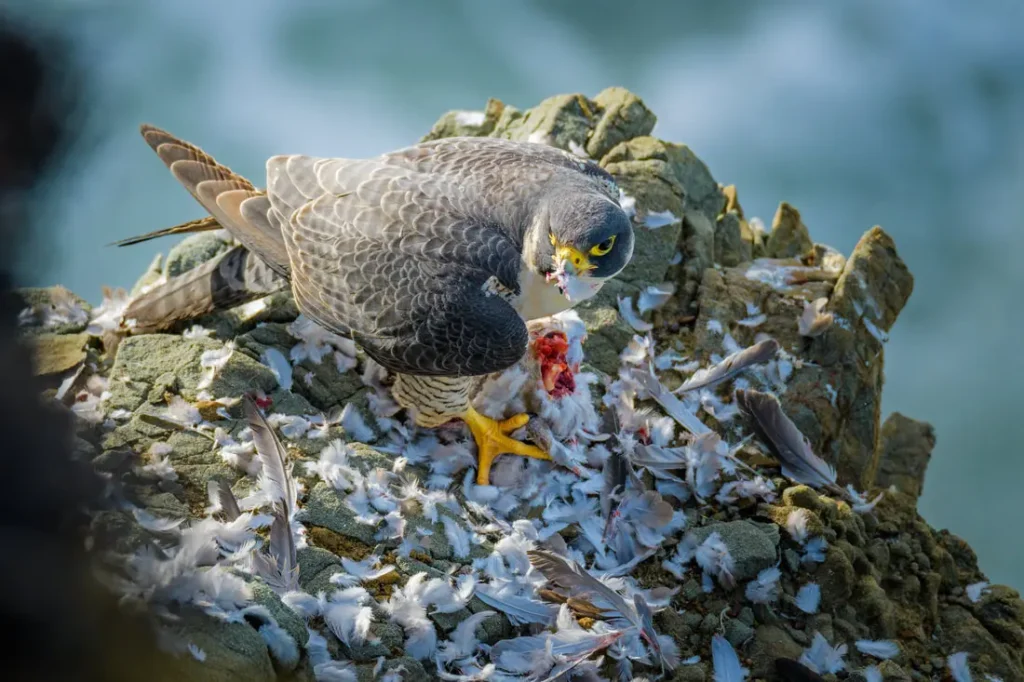
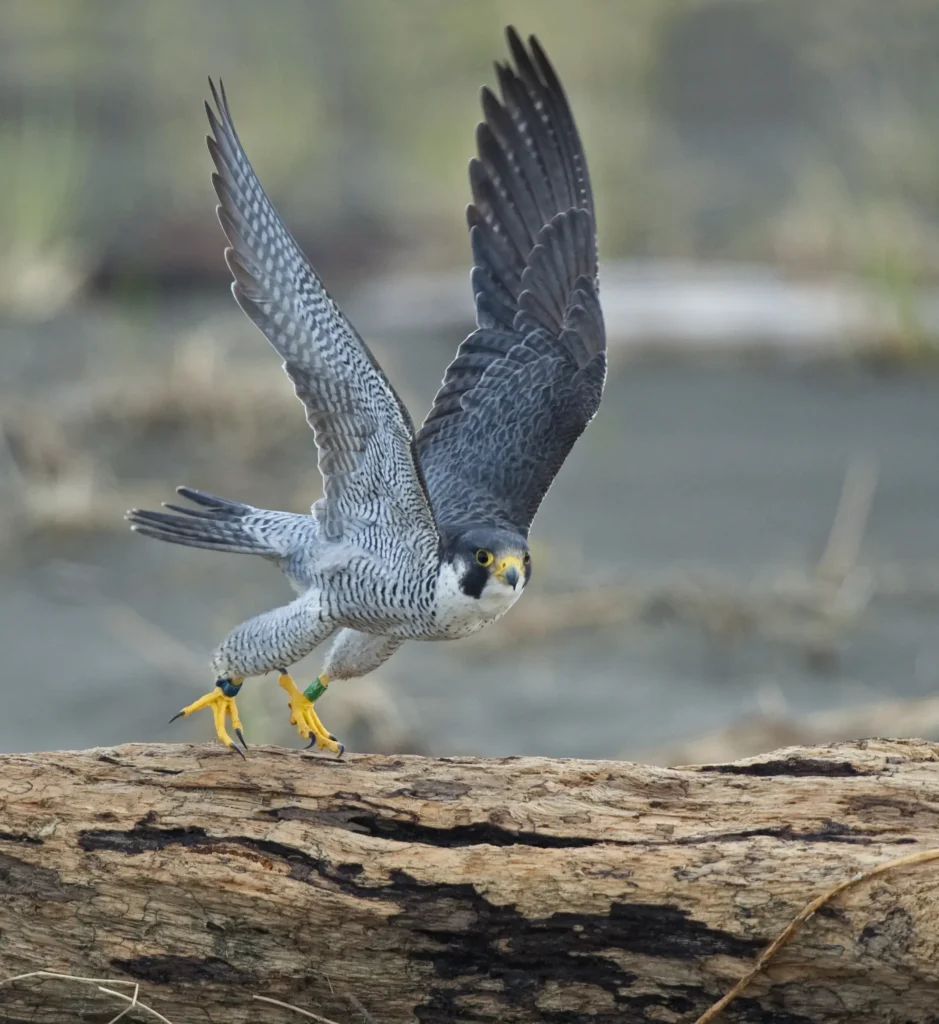
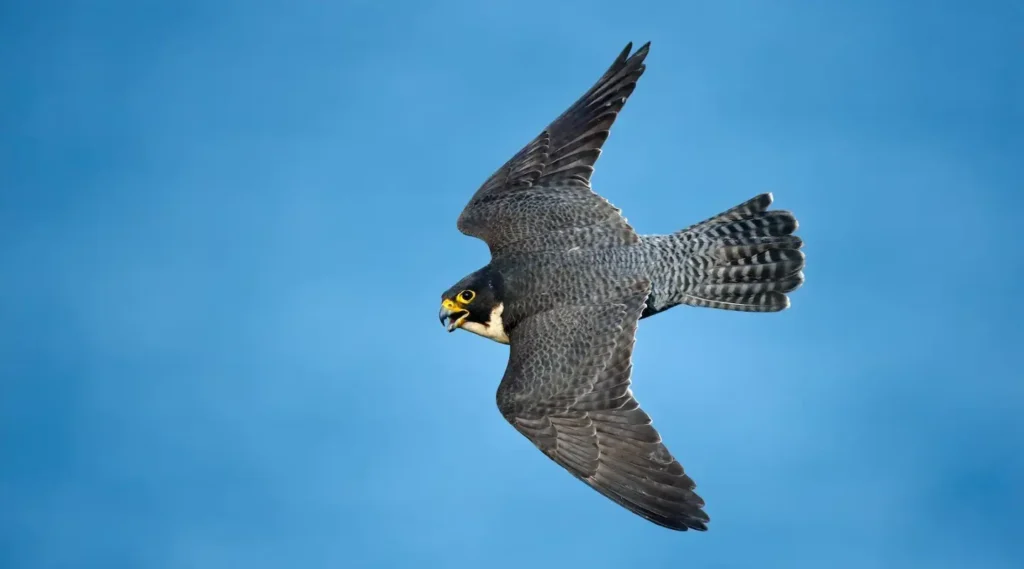
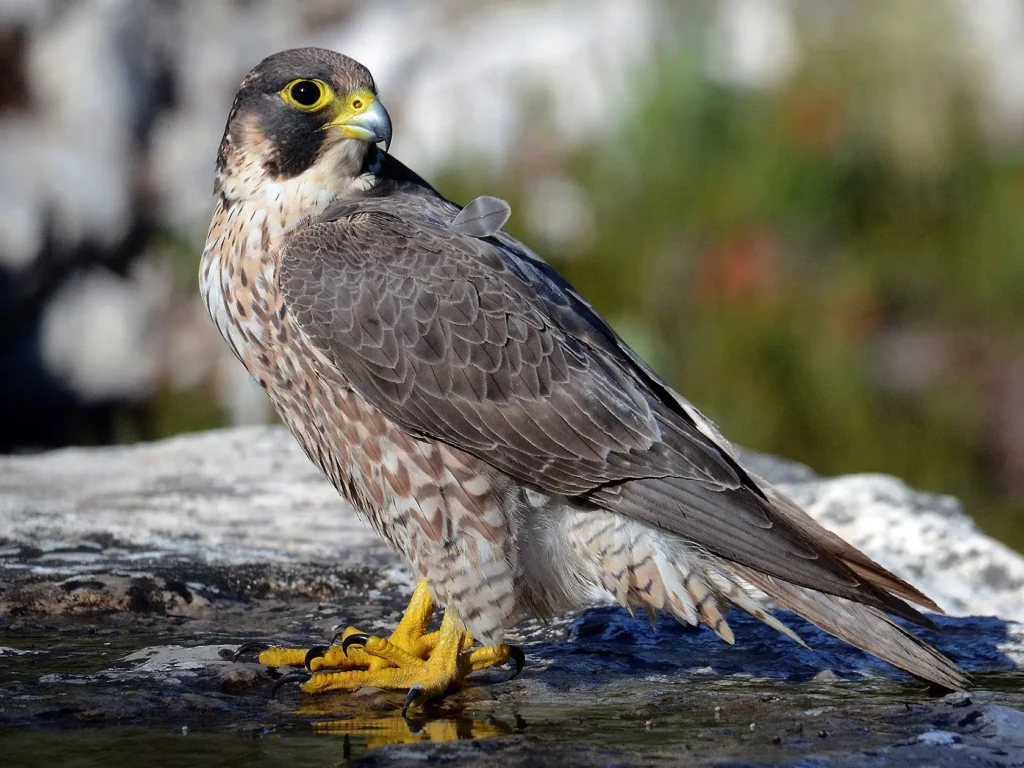
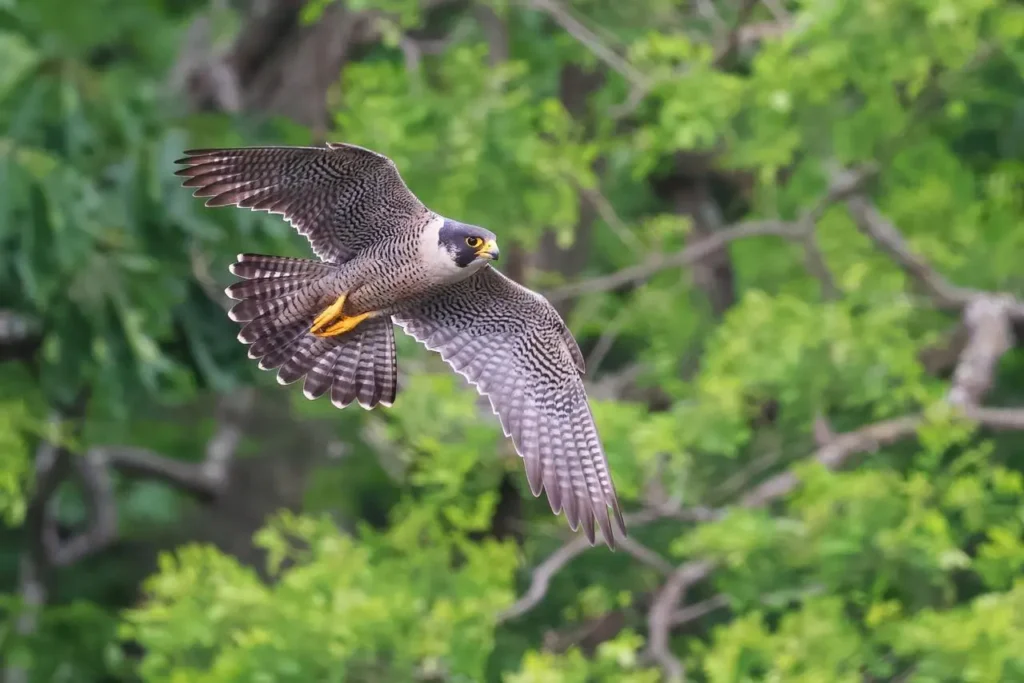
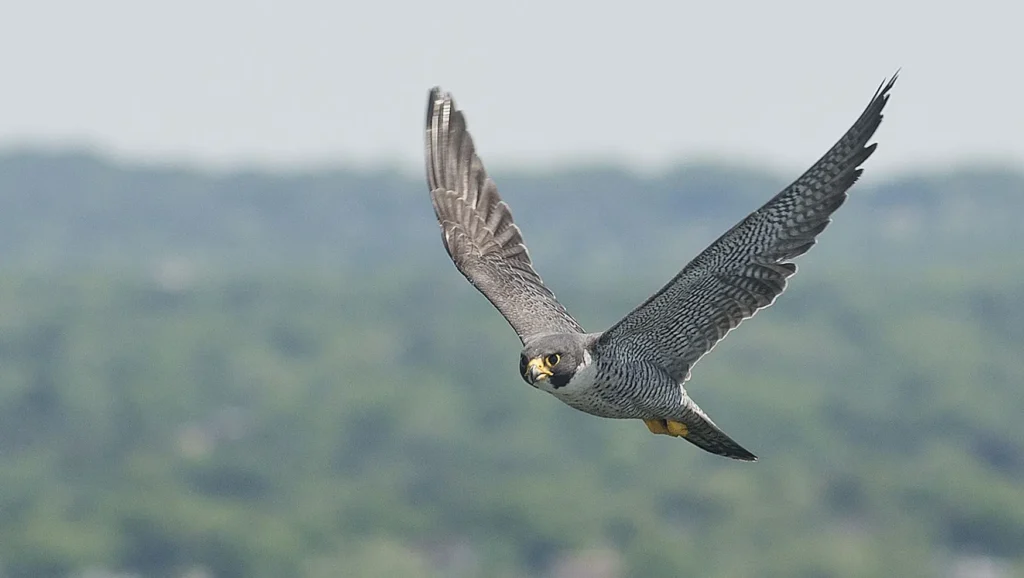
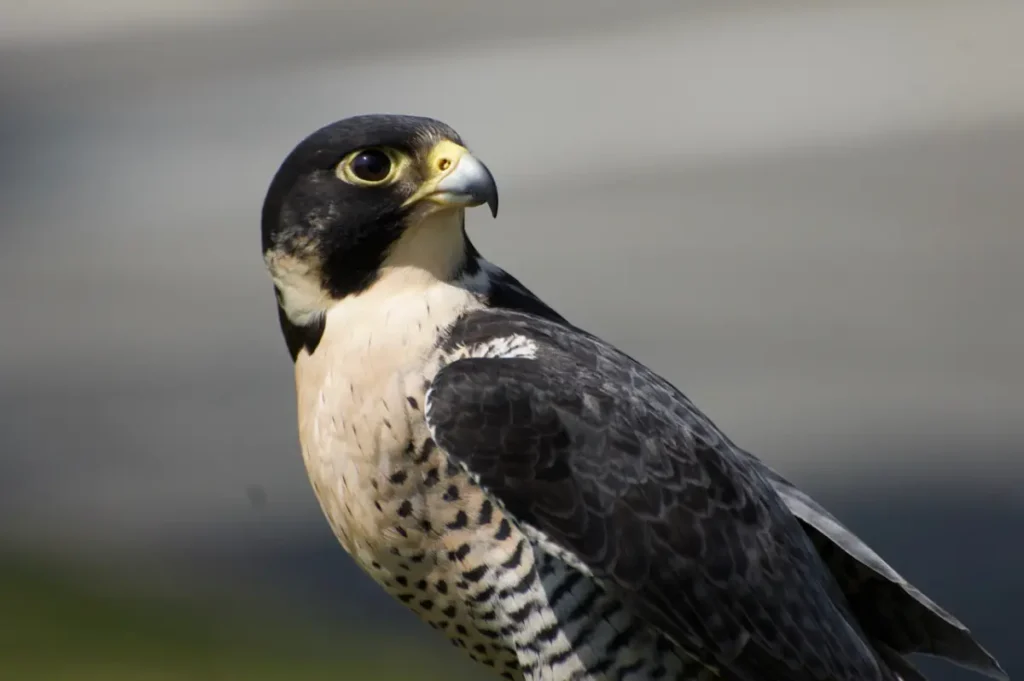
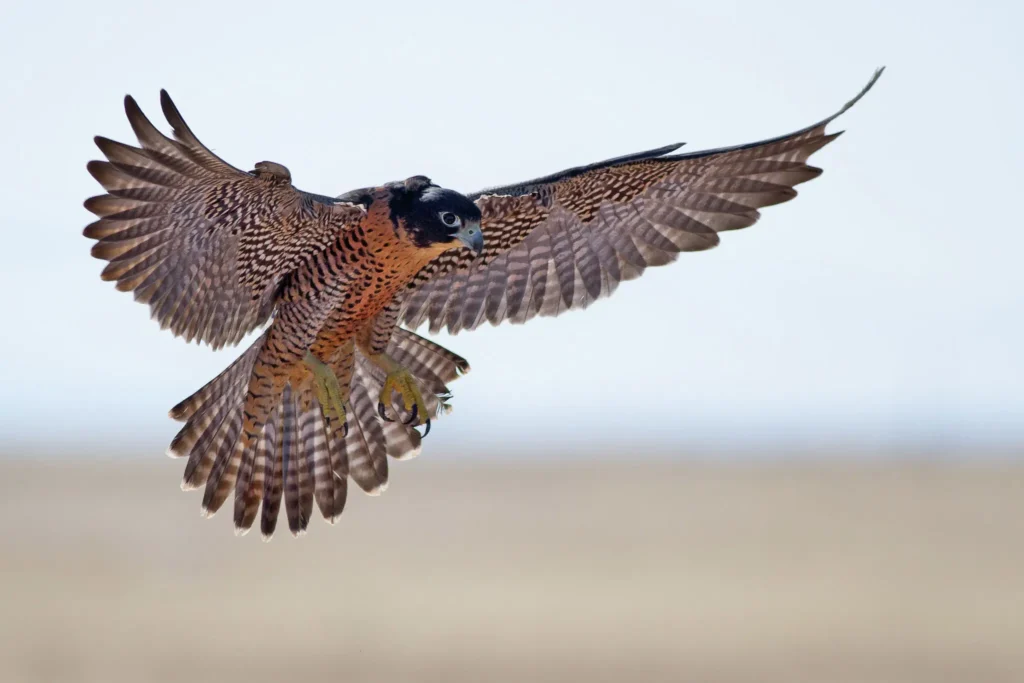
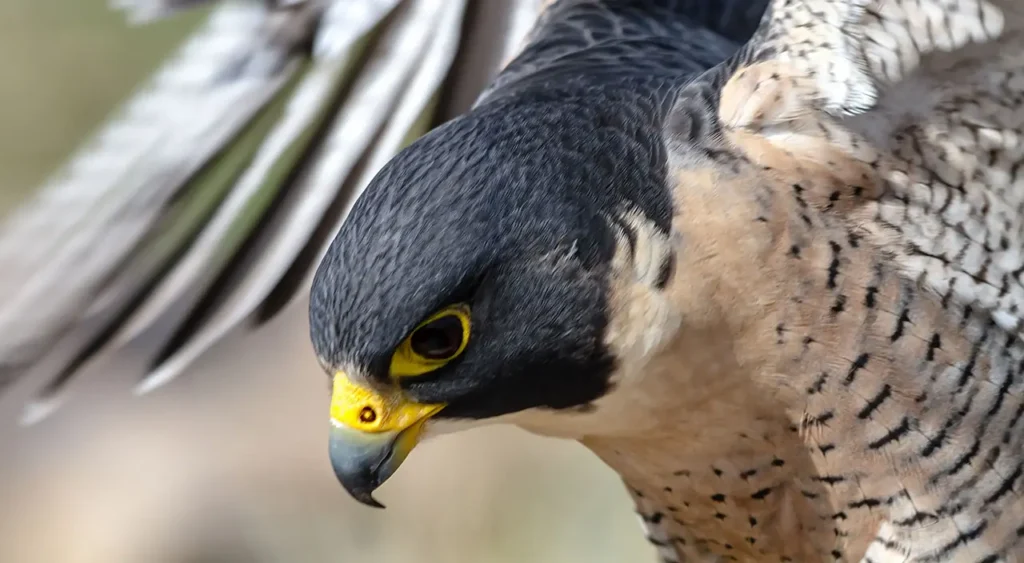
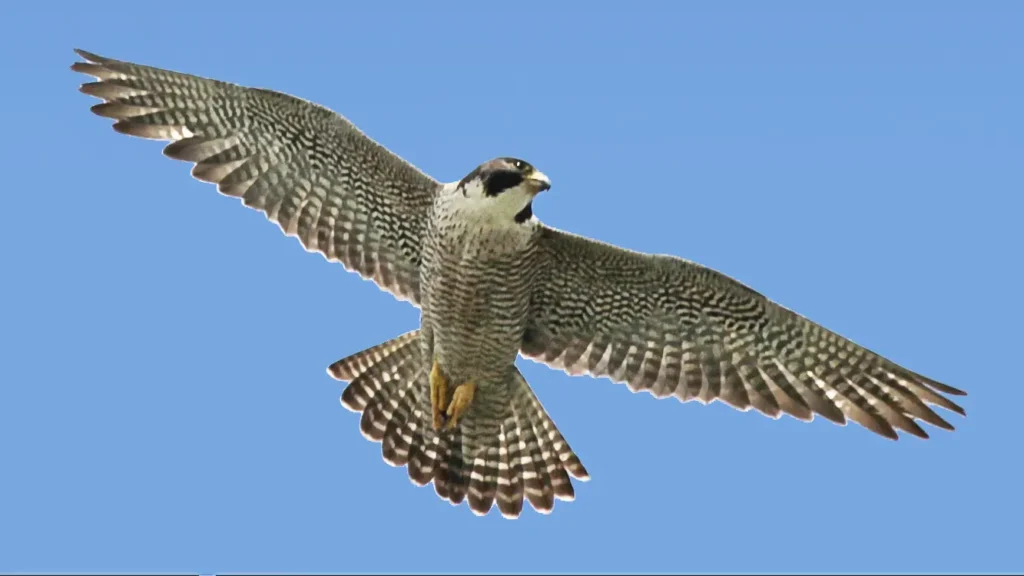
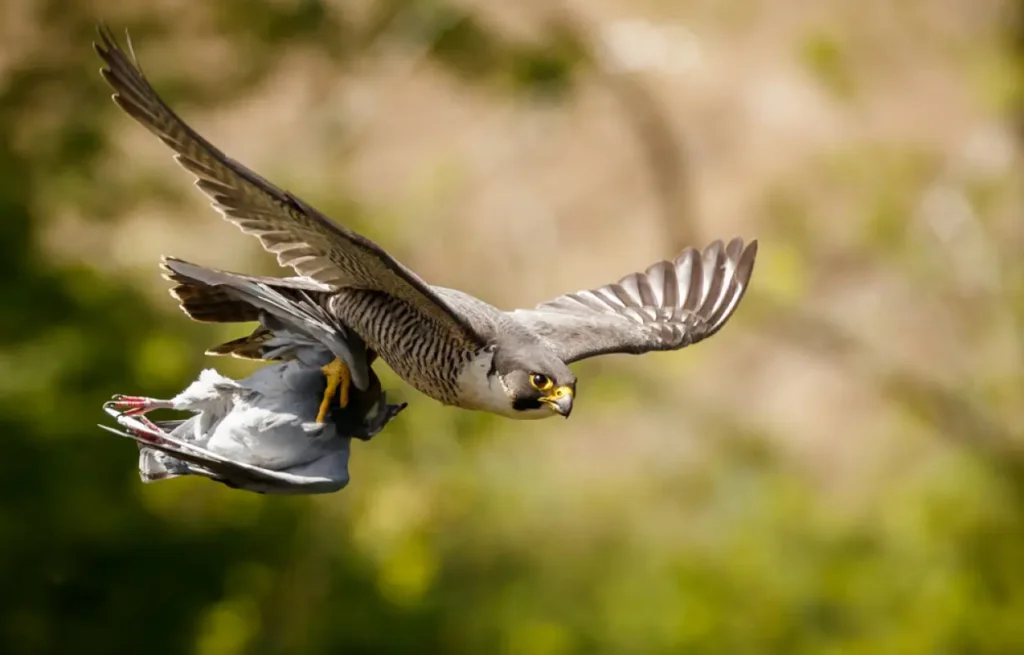
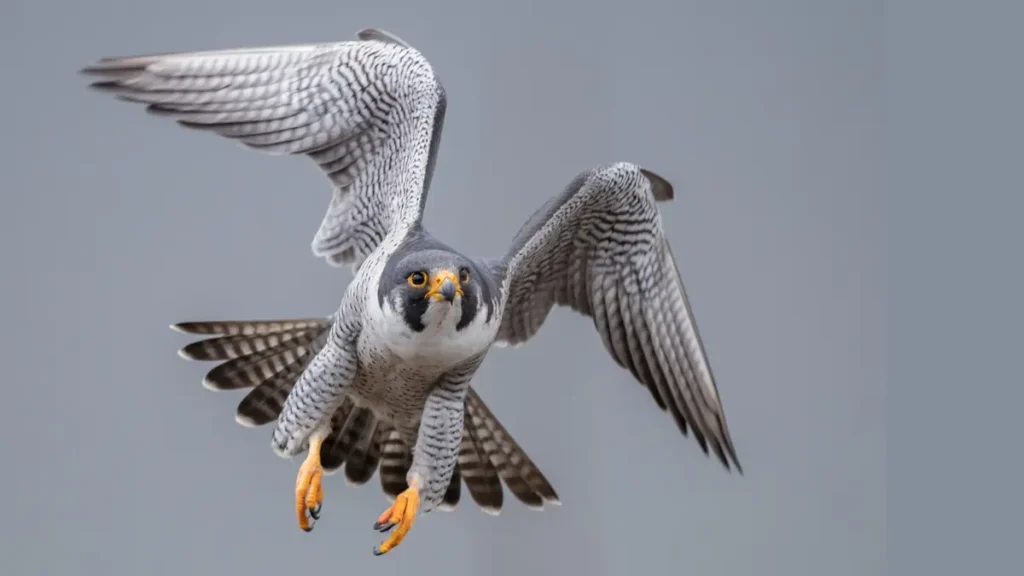
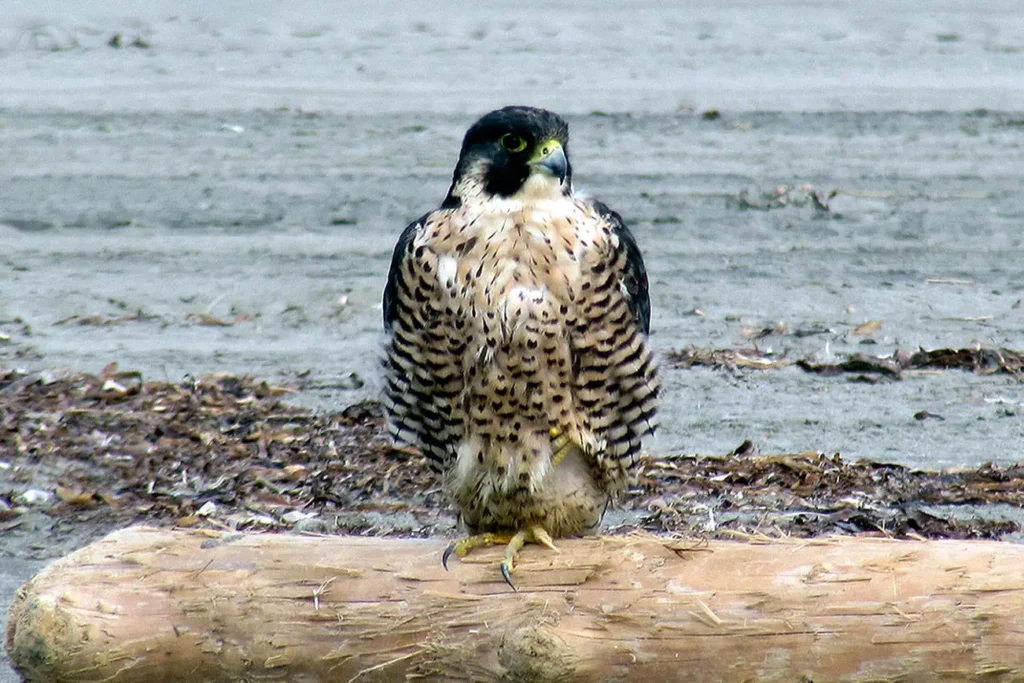
Facts about Peregrine Falcon
First and foremost, the Peregrine Falcon is known for its extraordinary speed. It holds the title of the fastest animal on the planet, reaching astonishing speeds of over 240 miles per hour (386 kilometers per hour) during its hunting stoop, a steep, high-speed dive. This impressive speed allows it to swiftly pursue and capture its prey in mid-air, making it a true aerial predator.
In terms of physical appearance, the Peregrine Falcon showcases a sleek and streamlined body, perfectly adapted for swift and agile flight. It has long, pointed wings and a tapered tail, which aid in maneuverability and stability during high-speed pursuits. Its plumage varies across different subspecies, but it generally exhibits a combination of dark upperparts and a lighter underbelly, providing camouflage while in flight.
When it comes to habitat, Peregrine Falcons are highly adaptable and can be found in various regions worldwide. They are commonly found nesting on cliffs and tall structures such as skyscrapers and bridges, mimicking their natural nesting sites on rocky cliffs. Urban areas have become increasingly popular nesting sites for these falcons due to the availability of tall structures that resemble their natural habitat.
Peregrine Falcons are skilled hunters, primarily preying on medium-sized birds. Their hunting technique involves high-altitude surveillance, where they use their keen eyesight to spot potential prey from great distances. Once a target is identified, the falcon goes into a spectacular stoop, folding its wings tightly to reduce air resistance and descending rapidly towards its prey. With astonishing precision and speed, it strikes its prey, delivering a lethal blow with its sharp talons.
The ecological significance of the Peregrine Falcon cannot be overstated. As a top predator, it plays a crucial role in maintaining the balance of ecosystems by regulating the populations of its prey species. Its presence ensures the health and stability of bird populations within its range.
Furthermore, the Peregrine Falcon holds cultural and symbolic importance in many societies. It has been revered as a symbol of power, speed, and freedom in various cultures throughout history. Its image is often associated with strength, agility, and the pursuit of excellence.
In conclusion, the Peregrine Falcon stands as a magnificent and awe-inspiring bird, embodying grace, speed, and adaptability. Its unmatched aerial prowess, combined with its striking appearance, has earned it a well-deserved place among the most remarkable birds in the natural world. As we continue to appreciate and study this remarkable species, let us ensure the preservation of its habitats and the conservation of its populations for future generations to admire and cherish.
